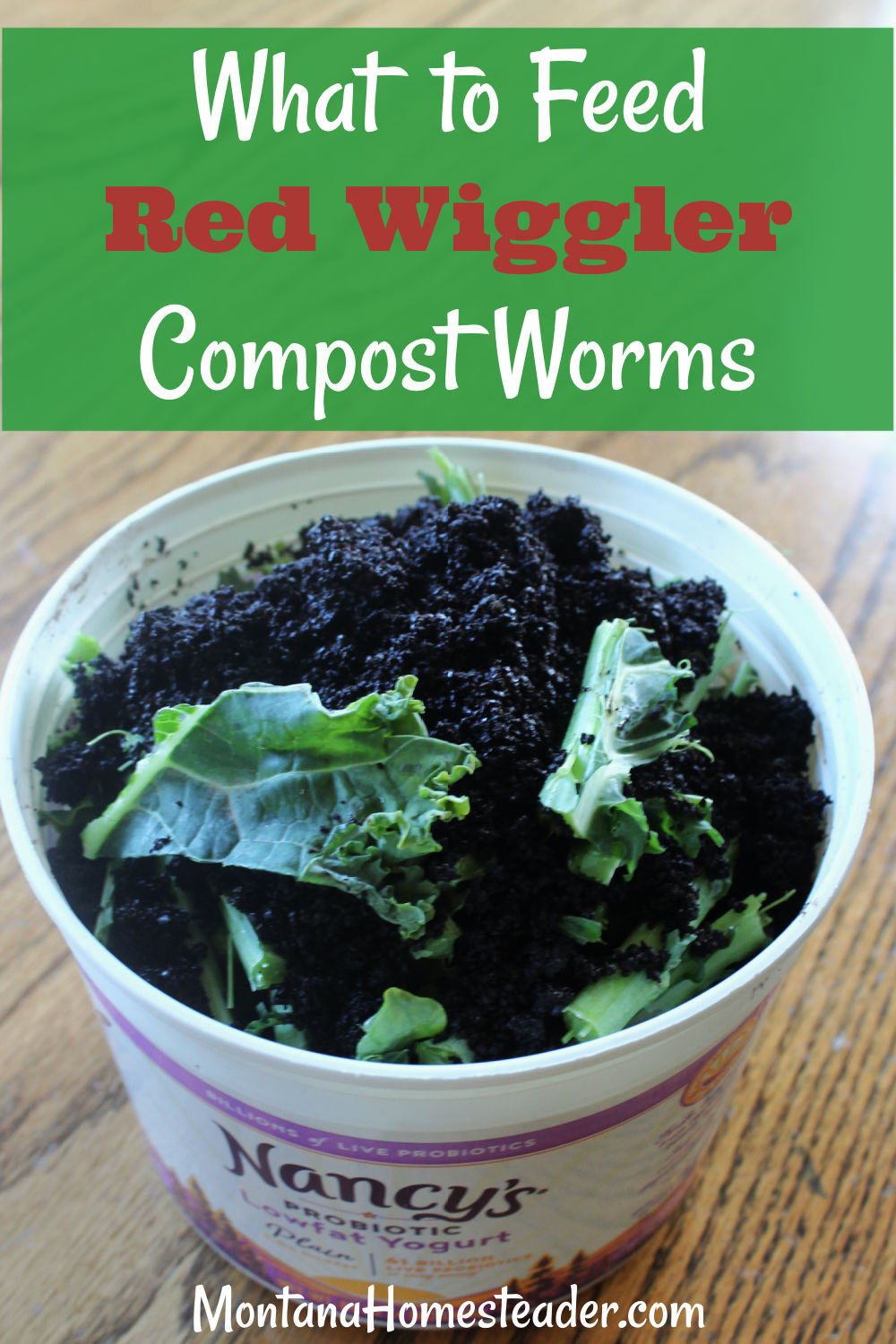Red Wigglers 101: Whatever You Need to Know for Thriving Gardens
Red wigglers, or Eisenia fetida, play an essential role in lasting gardening techniques, working as efficient decomposers that convert natural waste into beneficial vermicompost. Comprehending their habitat, nutritional preferences, and the myriad benefits they offer can transform your horticulture method (Red Wiggler Express). As these worms grow in details conditions, their care and management are necessary for optimizing their payments to dirt wellness. The concern remains: what actions can you take to harness the complete capacity of these remarkable microorganisms in your own garden?
Understanding Red Wigglers

Red wigglers grow in atmospheres abundant in natural product and dampness. Red Wiggler Express. They possess an one-of-a-kind gastrointestinal system that allows them to refine food scraps quickly, eliminating castings that are loaded with crucial nutrients such as nitrogen, phosphorus, and potassium. These spreadings improve soil framework, boost water retention, and foster valuable microbial task, all of which add to durable plant health
Moreover, red wigglers can endure in diverse problems, making them adaptable to numerous horticulture methods, consisting of interior and outside composting systems. Their ability to consume huge quantities of organic waste day-to-day placements them as beneficial allies for both home gardeners and industrial cultivators. By including red wigglers into horticulture efforts, one can significantly enhance soil fertility and assistance sustainable horticulture techniques.
Ideal Environment for Red Wigglers
Developing an optimal atmosphere for red wigglers is important for maximizing their composting capacities and general health. Red wigglers thrive in moist, dark, and well-aerated environments, which closely resemble their native environments in leaf clutter and decomposing natural issue. An appropriate habitat ought to supply a temperature level variety in between 55 ° F and 77 ° F(13 ° C to 25 ° C), as severe temperatures can worry or damage the worms.
The bed linens product, such as shredded paper, cardboard, or coconut coir, ought to be kept damp yet not overly wet, as excessive moisture can lead to anaerobic problems damaging to worm wellness. In addition, a pH level between 6.0 and 7.5 is ideal, making certain a balanced environment.
Correct aeration is equally vital; it allows for oxygen flow and prevents the accumulation of damaging gases. A container or bin made for vermicomposting need to have drainage holes to eliminate excess moisture and advertise airflow. Normal monitoring of these conditions is necessary for keeping a growing red wiggler population, ultimately boosting their performance in breaking down natural waste and enhancing yard dirt.
Dietary Requirements and Preferences

Red wigglers exhibit particular choices; they are especially my response keen on softer, disintegrating products over harder or more coarse materials. It is crucial to stay clear of feeding them citrus peels, onion, and garlic in large amounts, as these can be hazardous. In addition, meat, milk, and oily foods need to be left out, as they can bring in bugs and produce undesirable odors.
(Lake Hickory Bait)To maintain optimum health and wellness, a well balanced mix of eco-friendly and brown products is suggested. Environment-friendly products, such as veggie scraps, supply nitrogen, while brown products, like cardboard and dried fallen leaves, supply carbon. Checking the wetness content and making sure a regular food supply will further enhance their development and composting abilities. By dealing with their nutritional demands, garden enthusiasts can foster a flourishing population of red wigglers in their compost systems.
Advantages of Utilizing Red Wigglers
The impressive benefits of using red wigglers in horticulture extend much beyond their role in composting. These flexible organisms add substantially to soil health and wellness, enhancing nutrition availability and advertising microbial task. By freshening the soil as they burrow, red wigglers boost drainage and origin penetration, producing an optimal atmosphere for plant growth.
Furthermore, red wigglers are reliable recyclers of natural waste, converting it right into nutrient-rich castings that act as an exceptional all-natural fertilizer. These castings contain helpful bacteria and necessary nutrients, such as nitrogen, phosphorus, and potassium, which are important for plant growth. The sluggish launch of nutrients from worm spreadings ensures a stable supply, decreasing the risk of nutrient leaching and promoting sustainable horticulture practices.
Making use of red wigglers cultivates a more lasting gardening technique by decreasing reliance on chemical fertilizers and promoting a closed-loop system, where waste is transformed right into important sources. Overall, integrating red wigglers right into gardening techniques provides a wide range of eco-friendly and farming benefits.
(Lake Rhodhiss Bait)
Composting With Red Wigglers

To launch a successful vermicomposting system, choose an appropriate container with appropriate ventilation and water drainage. The suitable environment for red wigglers includes a damp, dark setup with temperature levels between 55 ° F and 77 ° F. Begin by layering shredded paper, cardboard, and food scraps, making sure a well balanced mix of carbon and nitrogen-rich products.
Red wigglers thrive on veggie peels, fruit scraps, coffee premises, and eggshells, while avoiding meat, dairy products, and oily foods that can attract insects. Frequently monitor dampness levels; the bed linens needs to be damp but not soggy. Harvest worm castings every few months by dividing the worms from the compost, which can after that be made use of straight in gardens or saved for later use.
Carrying out vermicomposting not just reduces garbage dump waste but additionally enhances yard soil, promoting healthy plant development and lasting gardening methods. Accept this eco-friendly technique to improve your gardening ventures.
Final Thought
In recap, red wigglers are crucial organisms for boosting yard performance through effective composting. By using red wigglers, garden enthusiasts can dramatically enhance soil high quality and nutrient accessibility, promoting much healthier plant growth.